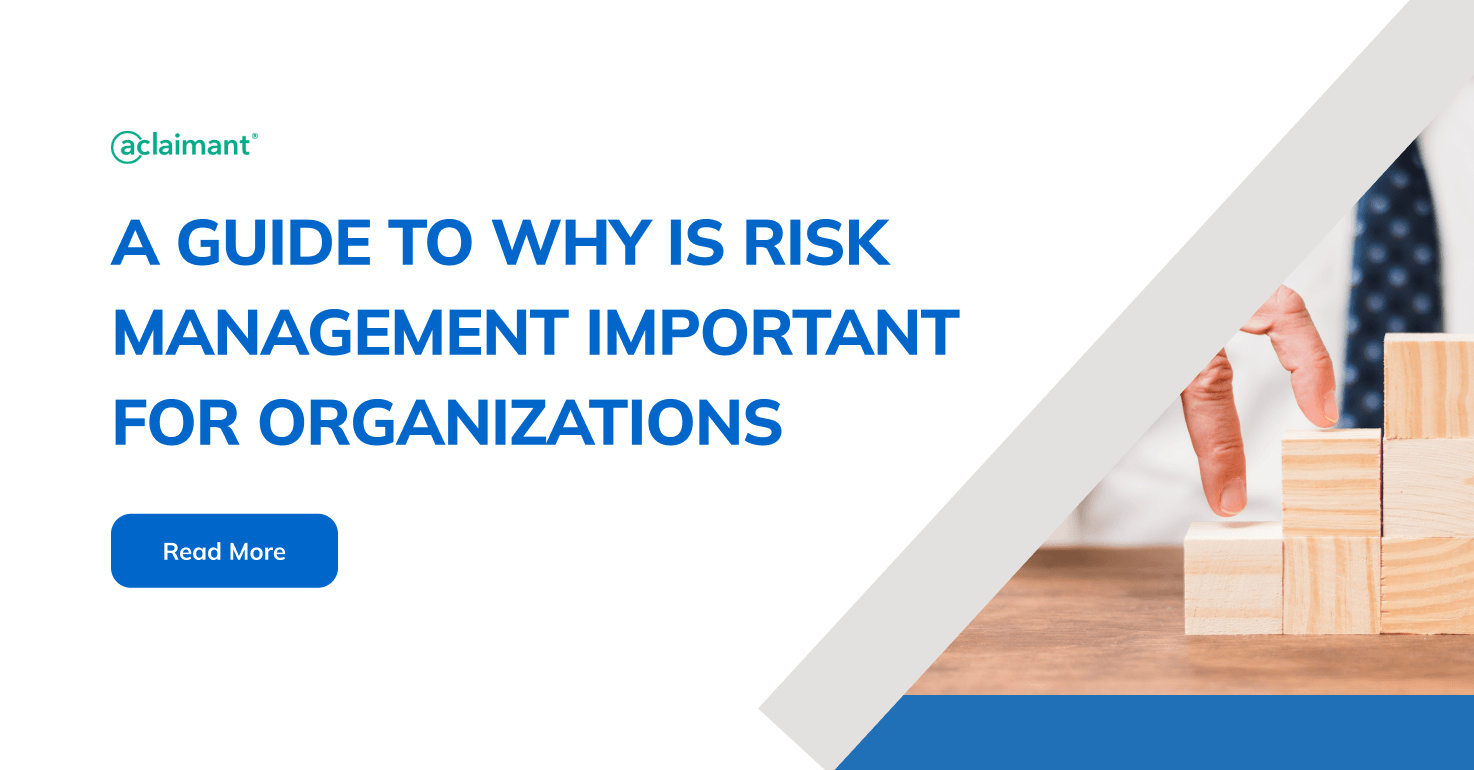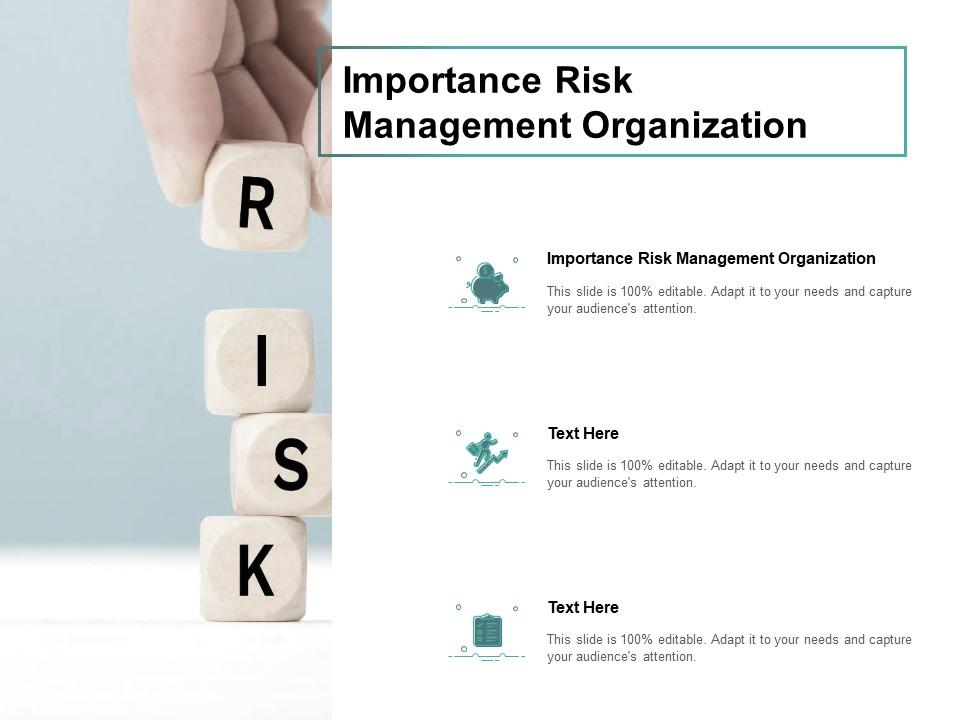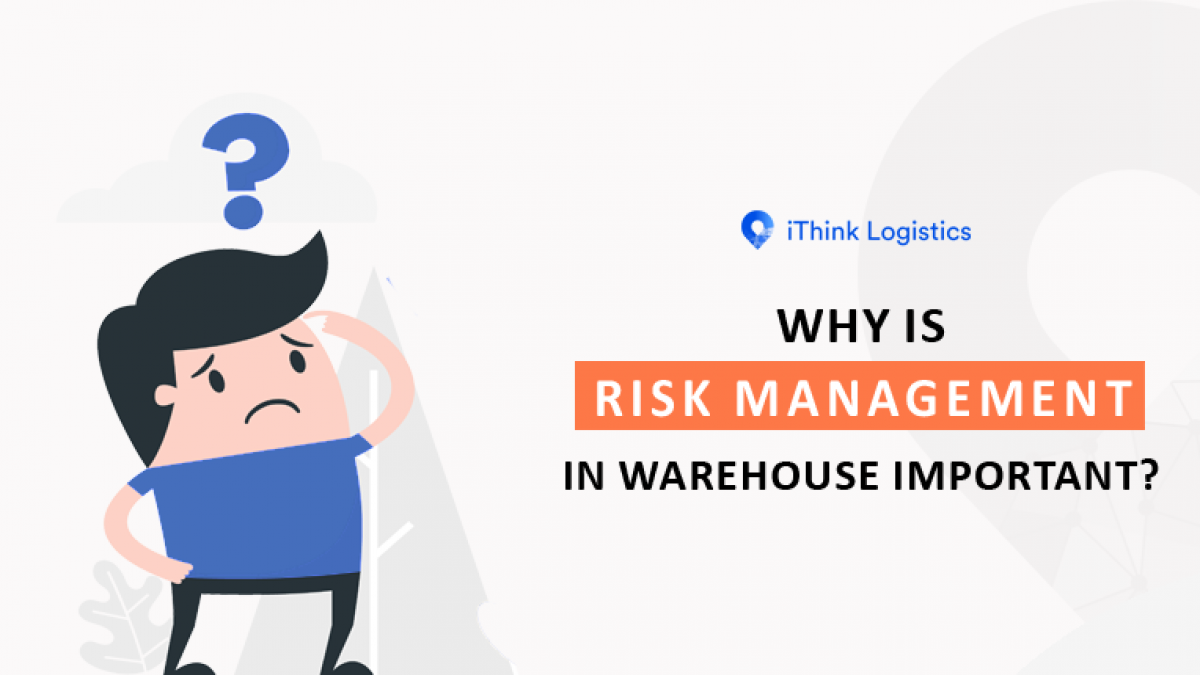The Effect of the Importance of Risk Management on Business Governance
The Effect of the Importance of Risk Management on Business Governance
Blog Article
Checking out the Value of Risk Management for Effective Decision-Making Techniques
In the detailed world of organization, Risk Management emerges as a vital aspect in the decision-making procedure. The capacity to determine possible risks and chances, and strategize appropriately, can lead to the distinction between success and failing. With tools such as SWOT and PESTEL, organizations are geared up to make educated choices, cultivating durability and flexibility in an ever-changing environment. Wondering just how this functions? Allow's unpack the dynamics better.
Comprehending the Idea of Risk Management
Risk Management, a vital component in decision-making, is frequently misunderstood or oversimplified. Risk Management entails organized and regimented strategies, utilizing data and informative evaluations. From financial unpredictabilities, legal obligations, tactical Management mistakes, to accidents and all-natural catastrophes, it addresses different dangers - importance of risk management.
The Function of Risk Management in Decision-Making Processes
In the realm of strategic planning and company procedures, Risk Management plays an essential function in decision-making procedures. Risk Management hence ends up being an important tool in decision-making, helping leaders to make educated choices based on a comprehensive understanding of the threats included. Risk Management serves as an essential element in the decision-making procedures of any type of organization.

How Risk Management Improves Strategic Planning
In the context of tactical planning, Risk Management plays a critical role. Initiating with the recognition of possible risks, it better includes the implementation of Risk mitigation actions. The function of Risk Management is vibrant but not fixed, as it demands continuous surveillance and adjusting of methods.
Identifying Potential Dangers

Applying Risk Reduction
Having actually established the importance of recognizing prospective threats, the next step is to discover Risk mitigation. This process involves developing and executing methods to handle determined dangers successfully. It is a critical element of critical preparation as it improves decision-making by minimizing potential unfavorable end results. Risk reduction techniques can vary from Risk avoidance, Risk transfer, to risk reduction. Each method must be customized to the particular Risk, considering its possible effect and the organization's Risk tolerance. Effective Risk reduction needs a deep understanding of the Risk landscape and the possible impact of each Risk. This understanding allows companies to focus on dangers and assign sources successfully, guaranteeing that one of the most considerable risks are dealt with initially.
Surveillance and Adjusting Strategies
Though Risk mitigation is an important step in strategic preparation, continuous surveillance and change of these approaches is just as crucial. This ongoing process permits organizations to determine brand-new risks and reassess existing ones, making sure the implemented strategies stay reliable in the ever-changing company environment. It also gives a possibility to examine the success of the Risk Management measures, allowing changes to be made where required, further boosting critical preparation. Effective tracking and change require making use of analytics and essential efficiency indications (KPIs) to measure performance. These devices provide useful data-driven insights that can educate tactical decision-making. Therefore, monitoring and readjusting Risk Management strategies is a vital component for enhancing a company's durability and strategic planning.
Instance Studies: Effective Risk Management and Decision-Making
In the globe of company and finance, effective Risk Management and Web Site decision-making typically work as the columns of flourishing business. One such entity is an international oil business that reduced economic loss by hedging versus rising and fall oil costs. In another instance, a technology startup thrived by determining and approving risky, high-reward strategies in an unpredictable market. A worldwide financial institution, encountered with regulatory uncertainties, efficiently navigated the situation via positive Risk evaluation and dynamic decision-making. These instances highlight the worth of astute Risk Management in decision-making procedures. It is not the lack of Risk, yet the Management of it, that typically distinguishes effective business from not successful ones. These situations emphasize the important function of Risk Management in strategic decision-making. importance of risk management. directory
Tools and Techniques for Reliable Risk Management
Navigating the intricate labyrinth of Risk Management requires the best collection of methods and devices. These devices, such as Risk signs up and heat maps, aid in identifying and examining possible threats. Strategies include both measurable methods, like sensitivity evaluation, and qualitative methods, such as SWOT evaluation. These help in focusing on risks based on their potential impact and possibility. Risk feedback techniques, an essential component of Risk Management, entail accepting, staying clear of, moving, or mitigating threats. Monitoring and controlling dangers, with routine audits and testimonials, make sure that the approaches continue to be effective. With these strategies and devices, decision-makers can navigate the complex landscape of Risk Management, thus helping with notified and efficient decision-making.
Future Patterns in Risk Management and Decision-Making Techniques
As we check out the substantial landscape of Risk Management, it ends up being apparent that the strategies and tools used today will proceed to progress. The concept of Risk culture, where every participant of a company is conscious and entailed in Risk Management, will acquire more importance. These trends herald an even more proactive and comprehensive technique towards Risk Management and decision-making.
Verdict

Risk Management therefore becomes a vital tool in decision-making, helping leaders to make educated selections based on a comprehensive understanding of the risks involved. Risk reduction methods can vary from Risk avoidance, Risk transfer, to run the risk of decrease (importance of risk management). Reliable Risk reduction needs a deep understanding of the Risk landscape and the potential influence of each Risk. More Info Risk reaction techniques, an essential component of Risk Management, entail accepting, preventing, transferring, or mitigating risks. The concept of Risk society, where every member of an organization is aware and included in Risk Management, will certainly gain extra importance
Report this page